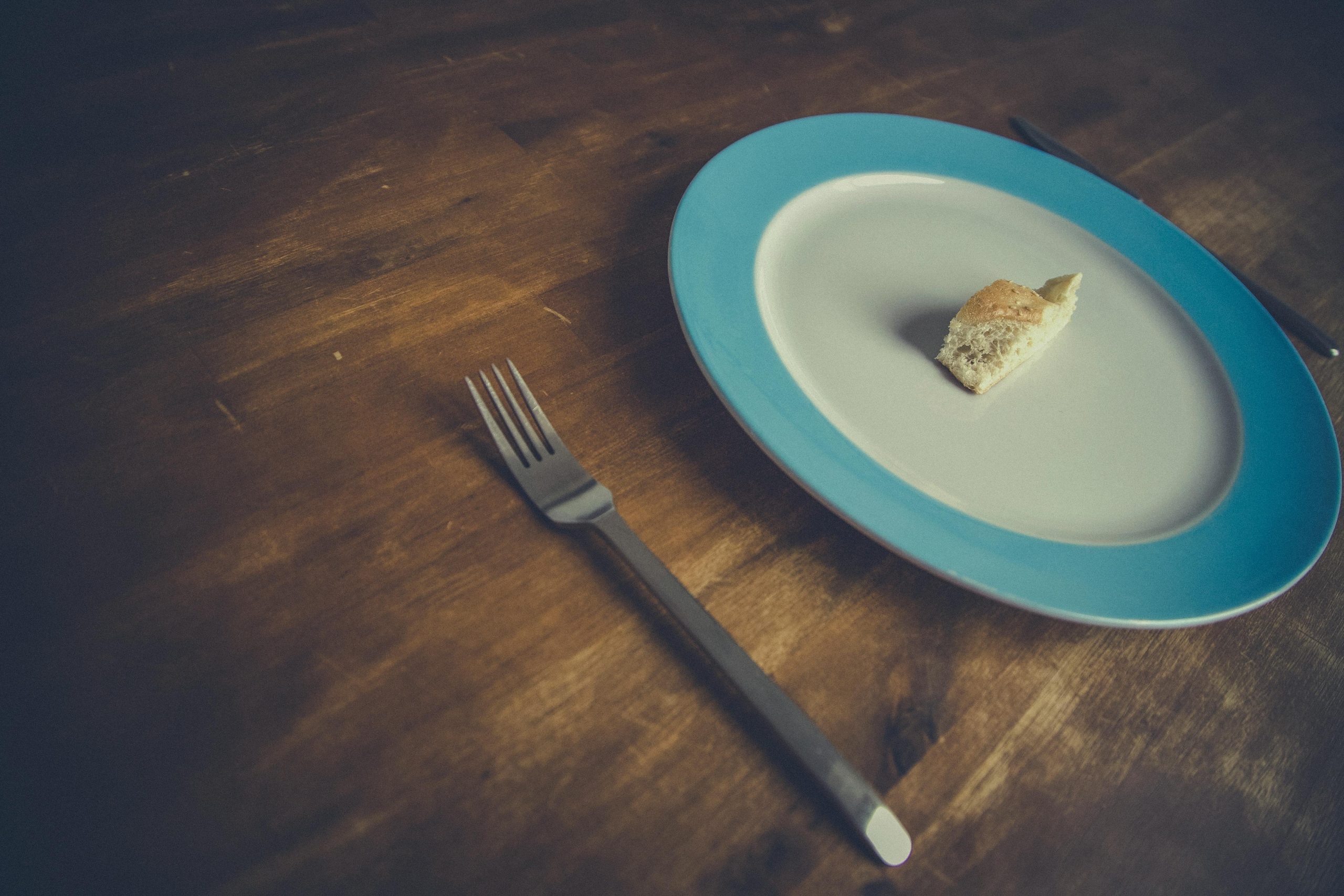Embarking on a clean eating journey can feel overwhelming, especially for beginners. With so much conflicting information out there, it’s easy to get lost in the noise. But clean eating doesn’t have to be complicated—it’s about choosing whole, unprocessed foods that nourish your body and support your health. This beginner’s guide will walk you through the basics of clean eating and provide simple meal plans to help you get started on the path to a healthier you.
What Is Clean Eating?
Clean eating is a lifestyle approach that focuses on consuming foods in their most natural state. This means avoiding processed foods, refined sugars, and artificial additives while prioritizing fresh fruits, vegetables, lean proteins, whole grains, and healthy fats. The goal is to fuel your body with nutrient-dense foods that promote energy, vitality, and overall well-being.
Core Principles of Clean Eating
- Eat Whole Foods: Choose foods that are minimally processed and free from artificial ingredients.
- Prioritize Plants: Fill half your plate with colorful fruits and vegetables.
- Limit Added Sugars: Opt for natural sweeteners like honey or maple syrup in moderation.
- Stay Hydrated: Drink plenty of water throughout the day.
- Cook at Home: Preparing meals yourself gives you control over ingredients.
Benefits of Clean Eating
Adopting a clean eating lifestyle offers numerous health benefits, making it a worthwhile endeavor for anyone looking to improve their well-being.
Improved Digestion
Whole foods are rich in fiber, which supports healthy digestion and prevents bloating and constipation. By eliminating processed foods, you reduce the intake of additives that can disrupt gut health.
Sustained Energy Levels
Unlike sugary snacks that cause energy crashes, clean eating provides steady energy throughout the day. Complex carbs, lean proteins, and healthy fats keep blood sugar levels stable.
Weight Management
Clean eating naturally reduces empty calories from junk food, helping you maintain a healthy weight without restrictive dieting.
Stronger Immune System
Nutrient-dense foods like leafy greens, berries, and nuts are packed with vitamins and antioxidants that boost immunity.
Simple Clean Eating Meal Plan for Beginners
Starting a clean eating routine doesn’t require drastic changes. Here’s a simple 3-day meal plan to help you ease into the lifestyle.
Day 1
- Breakfast: Overnight oats with almond milk, chia seeds, and fresh berries.
- Lunch: Grilled chicken salad with mixed greens, avocado, cherry tomatoes, and olive oil dressing.
- Snack: A handful of raw almonds and an apple.
- Dinner: Baked salmon with quinoa and steamed broccoli.
Day 2
- Breakfast: Greek yogurt with granola and sliced banana.
- Lunch: Turkey and hummus wrap in a whole-grain tortilla with cucumber and spinach.
- Snack: Carrot sticks with guacamole.
- Dinner: Stir-fried tofu with brown rice and mixed vegetables.
Day 3
- Breakfast: Scrambled eggs with sautéed spinach and whole-grain toast.
- Lunch: Lentil soup with a side of roasted sweet potatoes.
- Snack: A smoothie with spinach, banana, almond butter, and almond milk.
- Dinner: Grilled shrimp with zucchini noodles and pesto sauce.
Tips for Sticking to a Clean Eating Plan
Transitioning to clean eating can be challenging at first, but these tips will help you stay on track.
Meal Prep in Advance
Spend a few hours each week prepping ingredients or cooking meals ahead of time. This reduces the temptation to grab unhealthy convenience foods.
Read Labels Carefully
Avoid products with long ingredient lists or unrecognizable additives. If it sounds like a chemistry experiment, it’s probably not clean.
Start Small
Instead of overhauling your diet overnight, make gradual changes. Swap soda for sparkling water or replace white bread with whole-grain options.
Listen to Your Body
Clean eating isn’t about perfection. Pay attention to how different foods make you feel and adjust accordingly.
Conclusion
Clean eating is a sustainable way to nourish your body and improve your health. By focusing on whole, unprocessed foods and making mindful choices, you’ll experience increased energy, better digestion, and overall well-being. Use this beginner’s guide and meal plan as a starting point, and remember—progress, not perfection, is the key to long-term success. Here’s to a healthier you!


